 Fall bulbs are to be planted in fall for spring blooms. Spring bulbs are planted in spring for summer blooms. Dig some holes or trenches, drop in some bulbs and wait for the big payoff in a few months! Do them in clumps, or for borders, or en masse for the major showoff. It doesn’t have to be difficult. For more formal plantings you would want to set each bulb properly.
Fall bulbs are to be planted in fall for spring blooms. Spring bulbs are planted in spring for summer blooms. Dig some holes or trenches, drop in some bulbs and wait for the big payoff in a few months! Do them in clumps, or for borders, or en masse for the major showoff. It doesn’t have to be difficult. For more formal plantings you would want to set each bulb properly.
Mix some colors/sizes/perennials/annuals *The color palette is endless, pick colors you like! Plant taller plants behind the shorter ones. Add some with fragrance to add another dimension to your planting.
*The color palette is endless, pick colors you like! Plant taller plants behind the shorter ones. Add some with fragrance to add another dimension to your planting.
*Don’t forget different bloom times: There are actually three bloom seasons in spring: early, mid and late season. Choose bulbs that bloom at different times and, with minimal effort, you can have month after month of spring color. Spring bulbs are to bloom in summer typically July through September.
*The bigger the bulb, the bigger the flower: Flower bulbs are sold by size/caliber. This number is usually given in centimeters and it refers to the circumference of the bulb measured at its thickest part. There are basically three sizes for most commercially sold Dutch bulbs: small, medium and top size. Tulips, for example, are considered small bulbs if they are 10cm, medium bulbs at 11 to 12 centimeters and top-size bulbs if they are more than 12 cm around.
*Firm bulbs are healthy bulbs: They should be firm and can have marks on them, be papery and even peeling. If they are a little soft, show signs of mold or fungus they probably won’t produce blooms.
*Plant at proper time: The ideal time to plant fall bulbs is when the average fall nighttime temperatures in your area reach and stay in the range of 40° F to 50° F. Too early and they may get a fungus or disease. Too late may just mean smaller plant. If you can get them in the ground – go for it. Most bulbs typically need around 15 weeks of cold to produce good blooms.
The ideal time to plant your spring bulbs is as soon as the chance of frost has gone. But you may still try to plant them through July and get your summer blooms in September/October! The bulbs do need to bloom and be able to regenerate the bulb for the next year. If you miss planting your bulbs in an optimal period, don’t save them to plant in spring or next fall. Bulbs aren’t dormant like seeds and won’t survive out of the ground indefinitely.
*Surviving the winter: Make sure you check the hardiness zone on the package because some bulbs will not survive the winter in certain zones. Which means you will not want to buy those or just need to remember to dig them up before the ground freezes. Clean off the dirt and keep them in a cool dry place until spring. Some bulbs like Dahlias and Cannas are just too beautiful to pass up, but won’t survive in many colder zones and need to be dug up and stored indoors until next spring.










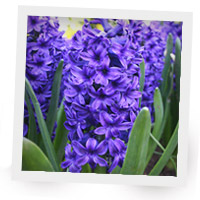
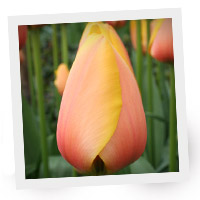
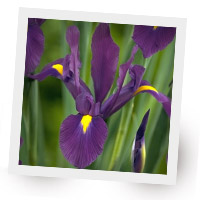
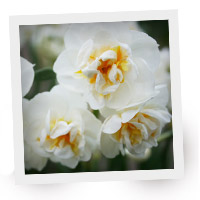
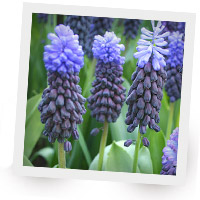
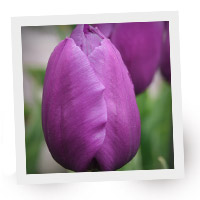
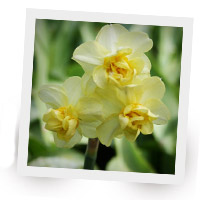
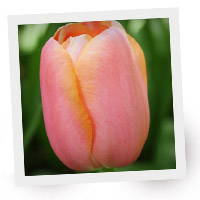

That last photo with white lilies and white echinacea is spectacular! I have only planted pink lilies and regular purple coneflower together and it was marvelous, too.
I’m no Flower Bulb expert but I’ve been planting bulbs for decades. Every one that blooms is my fav of the moment except that I’m kind of tired of crocosmia crawling through every bed except the one where I last planted it.
Are you sure its crocosmia? http://en.wikipedia.org/wiki/Crocosmia
I haven’t heard or seen them spreading like that and not growing where you planted. I am puzzled.
Pingback: Creative Ways to Plant your Flower Bulbs | Flower Bulb Crazy